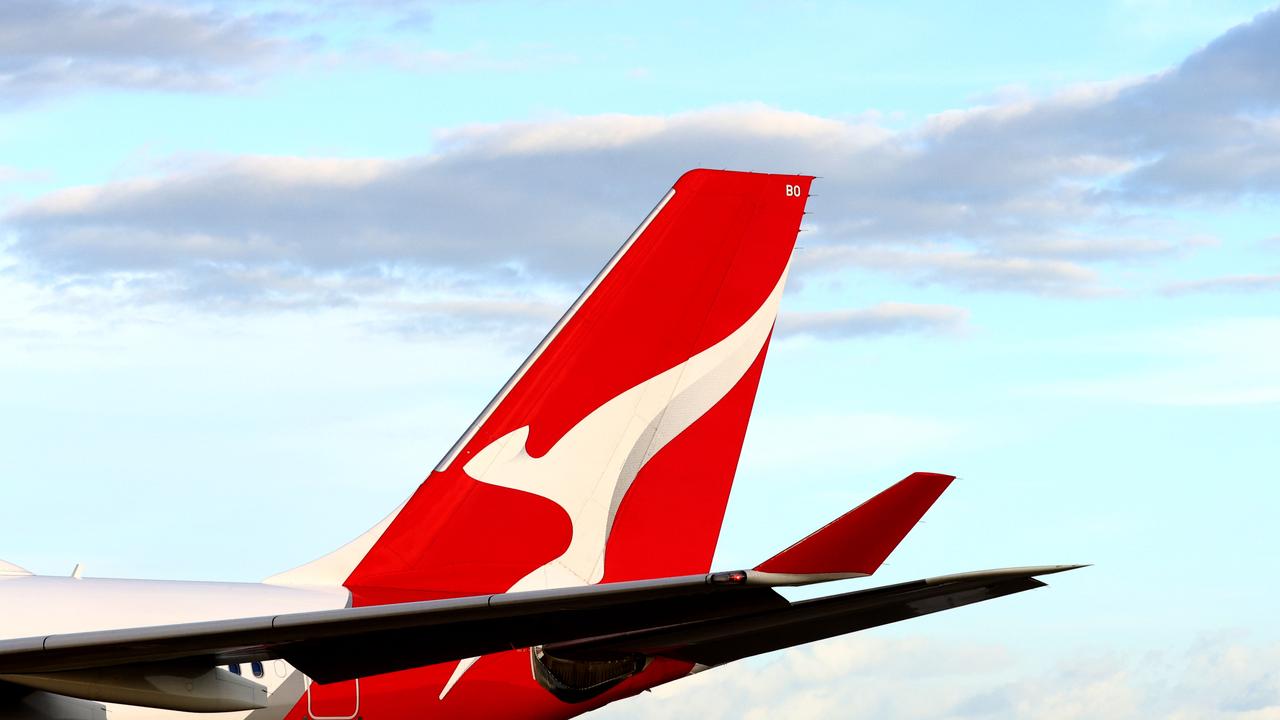TPG intensifies war with NBN offering a ‘cheaper and faster broadband’ with G.fast
TPG Telecom is targeting apartment owners with its cheap and fast broadband offering – some 10 times faster than the NBN – that is achieved by ‘hot-rodding up’ old copper wire.

TPG Telecom is offering cheap broadband plans – 10 times faster than the NBN – by “hot-rodding up” old copper wire as it takes on the government-owned telco.
TPG is targeting apartment buildings where NBN only provides fibre to the basement broadband services and caps speeds at 100Mbps.
This compares with TPG-owned Vision Network’s G.fast, which offers broadband speeds of up to 1Gbps. The ASX-listed telco says it is on track to sign up 7000 new premises by the end of the year.
G.fast provides faster internet speeds over existing copper lines by using higher frequency signals compared with traditional DSL connections, allowing it to carry more data. It is comparable to a full fibre-optic connection – but only over shorter distances.
“It’s like giving an old car a new engine that allows it to go as fast as modern sports cars, but only for a short distance. This makes it a cost-effective solution for boosting internet speeds in areas where the existing infrastructure is based on copper wires,” a TPG spokesman said.
It comes as the competition watchdog has attempted to rein in NBN competitors by forcing them to benchmark wholesale prices against the government-owned company, a move TPG has slammed as “protectionism”.
Vision Network managing director Jonathon Purbrick said this means 25Mbps and 50Mbps plans have to match NBN’s pricing.
“But the bulk of our customers are actually on 100 (Mbps) or above, so we are very different in our customer base compared to NBN. 70 power cent of their customer base is on the 50 (Mbps) or below but 90 per cent of our customer base is on 100 (Mbps) and above, so we are designed for speed and value,” Mr Purbrick said.
“Our 100 is fundamentally cheaper than their 50 and in FTTB (fibre to the building) sites where we are building – where they have a cap – we can offer up to 1Gbps and they don’t. So we’re all about the investment into the footprint for customers to have competition.”
NBN Co has increased the cost of its plans 14 per cent in the past year – a move that the federal Opposition has criticised as “smashing Australians”.
“They’re not giving customers relief,” Mr Purbrick said.
“We believe that we’re giving an alternative and also giving customers relief through price.”
Vision’s Max/50Mbps monthly wholesale price is $65 compared with NBN Co’s $70. Its 100/40Mbps plan costs $50 against NBN’s $58 monthly tariff.
Mr Purbrick said combined with a $195 upfront credit on all new 100Mbps, 250Mbps and Max plans this lowered the cost for a 100Mbps plan to about $35 a month.
NBN Co’s annual loss widened to $1.176bn from $1.119bn last year, with chief commercial officer Anna Perrin citing increased demand for data from Australian households.
She said the average household now consumed 452GB of data a month across 22 devices. A decade ago it was 30GB across five devices. NBN is investing in its network on the basis that the average household will have at least 40 connected devices by the end of the decade.
“That’s why our fibre rollout is so important, because we know that fibre has the capability to meet the demand that we can see that is still growing,” Ms Perrin said at the company’s annual results in August.
“We’re expecting that will continue to grow with AI but of course it’s not just AI – virtual reality and augmented reality are expected to grow by 15 per cent year on year as well.”
NBN also reaffirmed that it was on target to meet a goal of having over 10 million premises ready to connect to its Home Ultrafast tiers by the end of 2025. Near 78 per cent of NBN’s fixed line network now has access to the Home Ultrafast tier.
The telco said it had laid more than 70,000km of new fibre, allowing full fibre access to about 3.5 million premises. These investments include NBN’s fibre upgrade program, which will connect about 3.5 million premises across Australia by December next year.
More Coverage
Originally published as TPG intensifies war with NBN offering a ‘cheaper and faster broadband’ with G.fast




